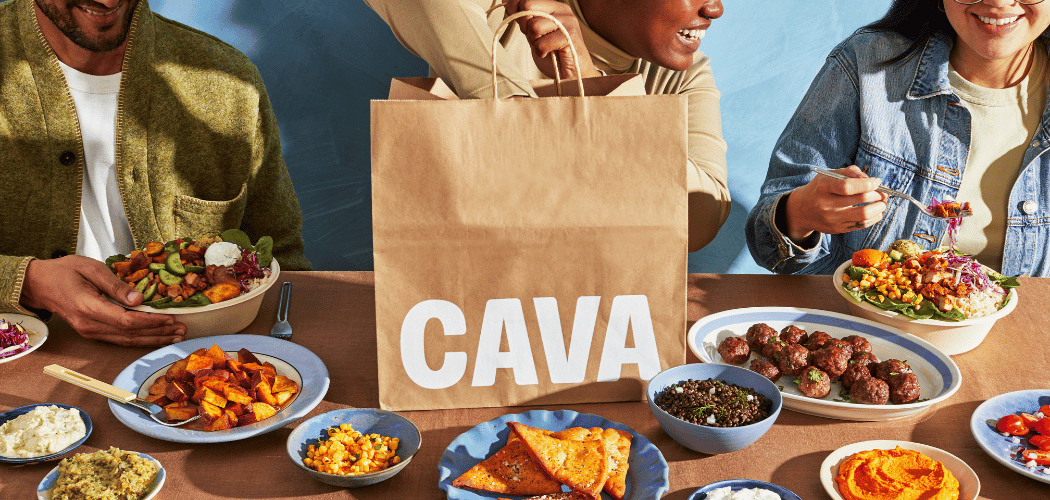Did the Earth stand still when Ulta entered Target’s showroom? One thing we can be sure of, the merchandise did not.
By: Jenn McMillen
Many high-profile retail partnerships, like celebrity couple Ben Affleck and Jennifer Lopez (“Bennifer”), are proving they too really are meant to be. Dozens of merchants, including Target and Ulta, Lowe’s and Petco, Kohl’s and Sephora and Nordstrom and Allbirds, now use the “two power brands are more attractive than one” model to make them destination spots.
Chief among the power benefits: These co-branded arrangements offer significant intrigue and convenience to consumers, resulting in bigger shopping baskets. There also may be deeper, longer-running benefits to be derived not simply from the partnerships, but from the purchase data they generate.
If they share and analyze the data effectively.
One-Plus-One Equals $$ Millions
Major retailers and brands fall for each other for the same reason people fall in love; they’re compatible. But practically speaking, long-term relationships also require security. In retail, that means financial security, and these partnerships appear to provide it:
Kohl’s, which installed 200 Sephora locations in its stores in 2021 and now operates nearly 600, projects the beauty brand will add $2 billion in annual sales by 2025, due largely to new customers. “Even amidst a very challenging backdrop, our transformed stores with Sephora are outperforming the balance of the chain,” the company stated in its quarterly report, adding that Sephora is its “#1 initiative.” Nearly half of all its customers who purchase goods from Sephora also shop other Kohl’s categories.
Target’s partnership with Ulta, also initiated in 2021, is contributing to “high single digit” growth in the beauty category, Target executives reported in their second-quarter earnings call, Aug. 17. Ulta reported its sales rose nearly 17%, to $2.3 billion, from $2 billion in the second quarter of 2021. Target and the beauty chain plan to operate 250 Ulta Beauty at Target locations by the end of 2022. The ultimate goal is 800 shop-in-shops.
Nordstrom in May reported that “alternative partnership models,” such as that with the British fashion brand Asos, represented 12% of its total merchandise value in the first quarter of 2022. At about the same time, Nordstrom announced a deal with online sustainable shoe brand Allbirds to sell through 14 of its stores, a sign that the 12% figure will climb. The brand Asos, meanwhile, reported double-digit sales growth in the U.S., according to Seeking Alpha, thanks in part to Nordstrom.
Hy-Vee, which launched DSW hubs in six locations in 2020, is also partnering with fashion outlet Joe Fresh and in 2021 entered into a deal with online retailer Pair Eyewear to place in-store kiosks at select stores. In early 2022, the employee-owned chain said it planned to enter several new states, including Kentucky, Indiana, Tennessee and Alabama, according to Grocery Dive.
Data Is At The Heart Of Retail ‘Bennifer’ Success – 3 Roles
Several of these retailers have smartly encouraged their customers to use their reward program memberships to gain extra points and rewards. Shoppers of Target and Ulta, for example, can link their Target Circle and Ultamate Rewards accounts to multiply benefits with both merchants. Visitors to Hy-Vee’s website can enroll in DSW’s VIP Rewards program.
Here are a few deeper-running ways these partnerships can couple their shopper data to provide a more relevant overall experience. I call them the data PDAs.
1) Pricing perfection. The overlapping shopper data from a retailer and its branded partners’ loyalty programs can reveal hints into what items shoppers would be willing to spend slightly more for, and where discounts could justify them paying higher prices. For example, to some Nordstrom shoppers, a price reduction on leggings could help them rationalize paying full price for a pair of Allbirds. Hy-Vee may find that customers who visit its DSW hubs are more likely to splurge on gourmet snacks, so it can send real-time app offers.
2) Designer stores. Shared customer insights trace the footprints of shopper paths inside both the retailer’s stores and its partner locations. These more-complete behavioral patterns can help retailers plan floor layouts and offerings, accordingly. If, in some markets, Lowe’s customers always purchase Petco dog food, but they rarely visit a free-standing Petco, it might suggest a convenience issue. Maybe this is why Petco has begun offering pet clinics in the parking lots of Lowe’s, as executives described in an August conference call.
3) Aisles, styled. A shop within a shop can cause purchase disruptions in other areas. Take an Ulta at Kohl’s. It could cause cannibalization in Kohl’s beauty aisles, or it can inspire more purchases – depending on how the data informs in-store promotions. By comparing the purchase data from co-branded stores with that of non-co-branded stores, retailers can suss out changes in shopper baskets at the early stages of their courtships. They can then use that knowledge to proactively manage selection.
All’s Fair In Love And Retail: Be Open To Future Partnerships
Lastly, the power of coupled consumer insights can attract the interests of other potential partners that appeal to different kinds of shoppers and generate fresh data insights. Target, Macy’s, CVS and other retailers have been exploring alignments with Apple, Toys R Us, Disney, Casper, DirectSmileClub and others.
The key is maintaining harmony and ensuring the brands complement, not compromise, other store categories and partnerships. Throwing off that balance could cause missteps in price, format and inventory – not the storybook results brand fans expect.
Incendio founder and loyalty-marketing expert, Jenn McMillen, recently joined Forbes.com as a retail contributor and we’ve obtained permission to share her articles with you. You can see all of Jenn’s Forbes.com articles here.




